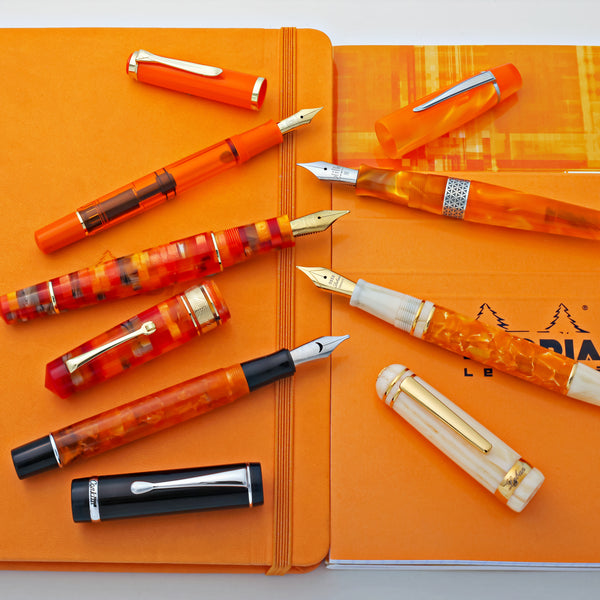In the world of fountain pens, there are many different types of nibs. Some nibs affect the size of the line the pen puts down. Other nibs affect the shape of the line the pen puts down. This occurs due to the different shapes of the nibs. There is one type of nib that is unique amongst fountain pens and creates a line shape that is equally unique. I am talking about a fude nib.
Fude nibs look very different from any other type of nib you’ve come across. When seeing one for the first time,many people will probably think that the nib is bent. The nib is in fact bent, but not due to any type of abuse. A fude nib is bent on purpose and that unique shape is what allows it to create a line like no other nib.



